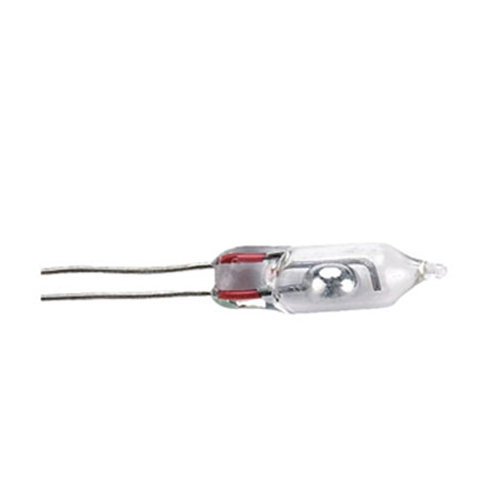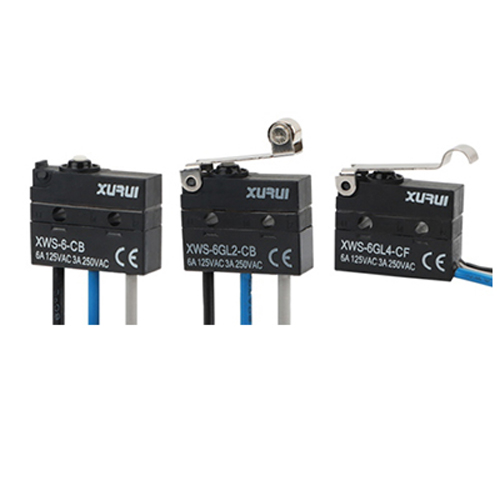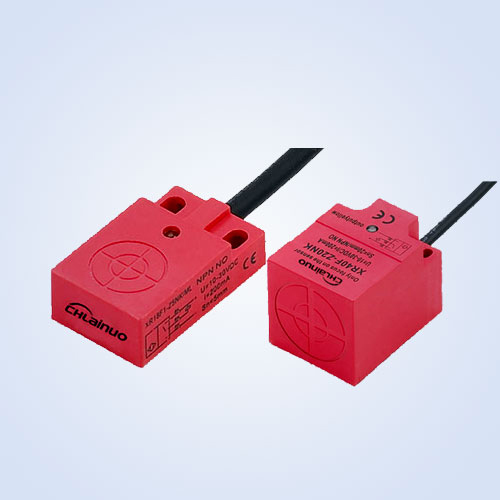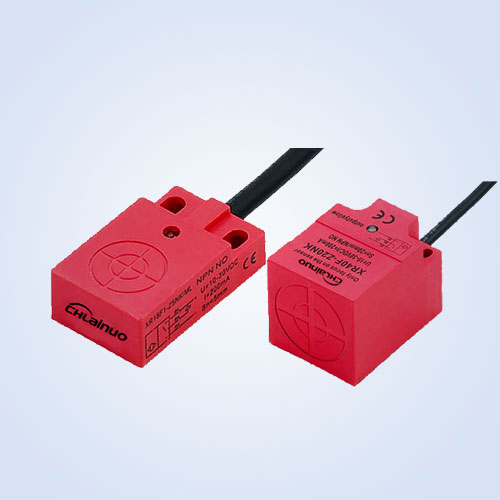Foot switches are essential for hands - free operation in industrial settings. Picking the right one is key to ensure performance, safety, and durability. Here are the main factors to consider.
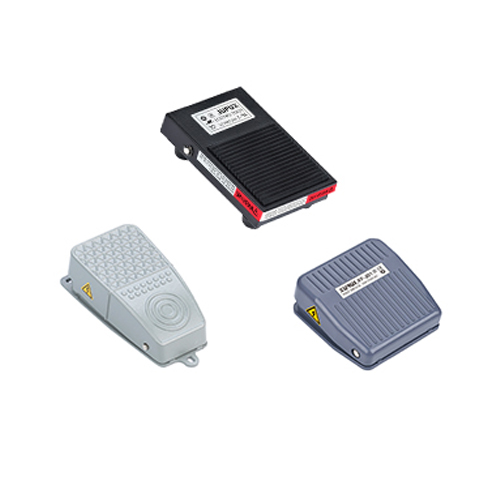
1. Load Type and Current
Understand the load the foot switch will control, like resistive, inductive, or capacitive. For a simple lighting circuit (resistive), a standard switch may work. But for a motor (inductive), you need one that can handle the high inrush current at startup. Check the manufacturer's specs to make sure it can handle the load and current without issues.
2. Working Environment
The installation environment affects the foot switch's lifespan. In dusty areas, choose a dust - tight model. In wet or humid conditions, get a waterproof or water - resistant one. If exposed to chemicals, ensure it has a chemical - resistant housing. And in extreme temperatures, pick a switch rated for that temperature range.
3. Operation Frequency
The frequency of use matters. For high - frequency applications, choose a switch with high - quality materials and a durable build. For occasional use, a less expensive option can be enough as long as it meets other requirements.
4. Functionality and Features
Your application may need specific functions. Some require multiple contact configurations like NO, NC, or both. Adjustable sensitivity can be useful in some cases. Wireless foot switches are popular for their installation and operation flexibility.
5. Budget
While technical requirements are important, budget also counts. Set a budget based on your needs and the switch's expected lifespan. A higher - quality switch might cost more upfront but can save on long - term replacement and maintenance costs. For low - budget and less - intensive applications, there are affordable options that meet basic needs.
In summary, choosing the right foot switch involves considering load, environment, frequency, functionality, and budget. A careful evaluation ensures the switch runs reliably and efficiently, helping industrial processes run smoothly.


